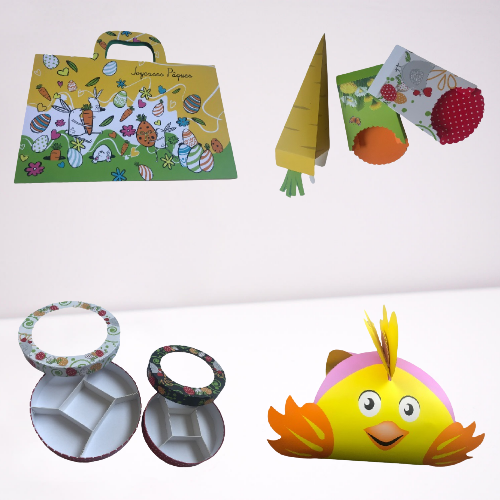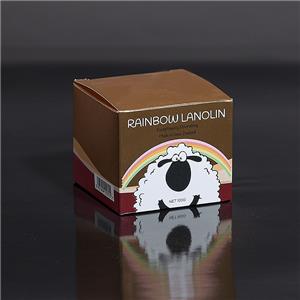How Does Plastic Packaging Reducing Affect Paper Packaging Industry
How does the sustainable development trend from plastic to cardboard affect the paper and board industry?
In the past two years, a large amount of plastic waste in the Pacific Ocean has surfaced, which has aroused widespread media attention and increased consumer awareness of excessive plastic pollution. As the government implements the ban on plasticity, brand owners will use more renewable materials to replace multiple types of plastic packaging.
Factors that contribute to the sustainable development of the paper industry:
1. Market Driving Force
The campaign to reduce plastic packaging waste is driven by government regulation and consumer preferences. These preferences motivate brand owners to replace plastics with renewable and recyclable alternatives and address plastics issues in their sustainability goals.
2. Legislative factors
In response to the environmental crisis, government regulation has increased in many countries, which helps drive change and reduce the impact of plastics.
Certain disposable plastics (such as straws, coffee blenders, plastic bottles, plates, cups, cutlery, shopping bags) have been identified as the main source of plastic contamination and are the limiting targets of most legislation. Although polyethylene shopping bags are banned in many parts of the world, the EU and the UK are leading the way in implementing a broader one-off plastic ban:
(1). The UK will ban the use of certain disposable plastics.
(2). The EU has approved a ban on marine litter for disposable plastics.
(3). There are eight states in the United States that have plastic bag legislation, and some cities prohibit the use of plastic straws.
3. Consumer Driven
Public awareness of plastic waste in the environment has risen to the highest level in history. Google Trends – The “Changing Interests over Time” index shows that in 2019, society’s interest in plastic waste and pollution quadrupled compared to 2016.
4. Brand owners and retailers
Packaging Trend Watchers say the sustainable packaging trend will continue and the brand is making a strict commitment to respond to the strong protests against plastics. Some well-known consumer goods companies have promised to reduce the amount of plastic in their packaging:
In 2017, Nestlé reported that 39% of its packaging materials come from renewable sources, mainly paper and cardboard.
Apple has a comprehensive paper and packaging strategy that explains how to reduce the plastic content of the iPhone 7 package by 84% compared to the iPhone 6S and convert it from plastic pallets to fiber-based packaging.
Samsung announced plans to replace plastic packaging with paper and other renewable materials in January, even if the cost of replacement materials is higher.
Large retailers, especially in Europe, have joined the campaign to reduce plastic packaging. Last year, British retailers Iceland and Lidl announced their goal of removing plastic from certain product lines. In February, French retailer Carrefour signed a French national agreement with other companies including L'Oreal, Nestle, Danone and Unilever to phase out plastic packaging by 2025. Last year, the supermarket chain EkoPlaza opened the world's first plastic-free shopping channel in Amsterdam, with plans to launch similar channels in all of its 74 stores.
We have cooperate with luxury brands for paper packaging solutions from paper folding cartons to premium gift boxes, from standard kraft paper bags to luxury retail paper bags. Please feel free to contact us to set up your annually paper packaging solutions. Our email address is info@jxpaperproducts.com.






